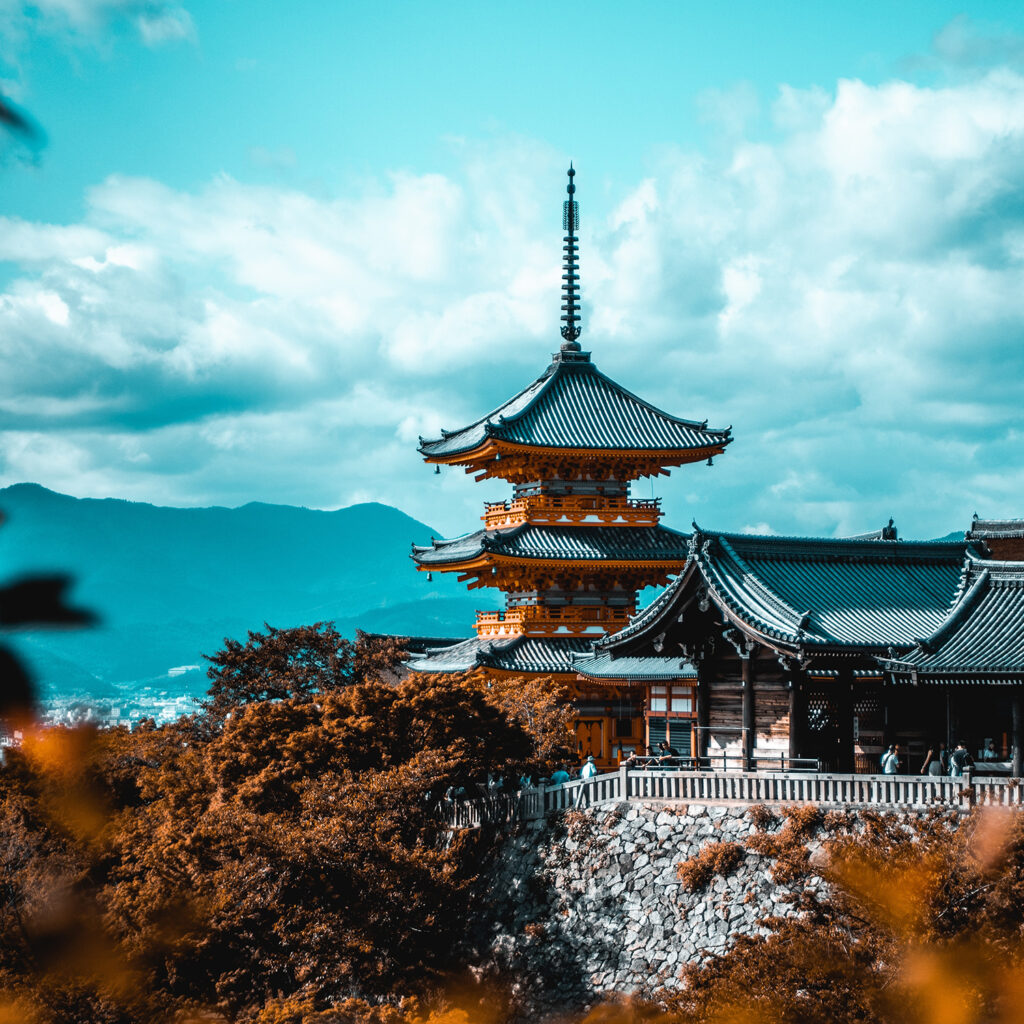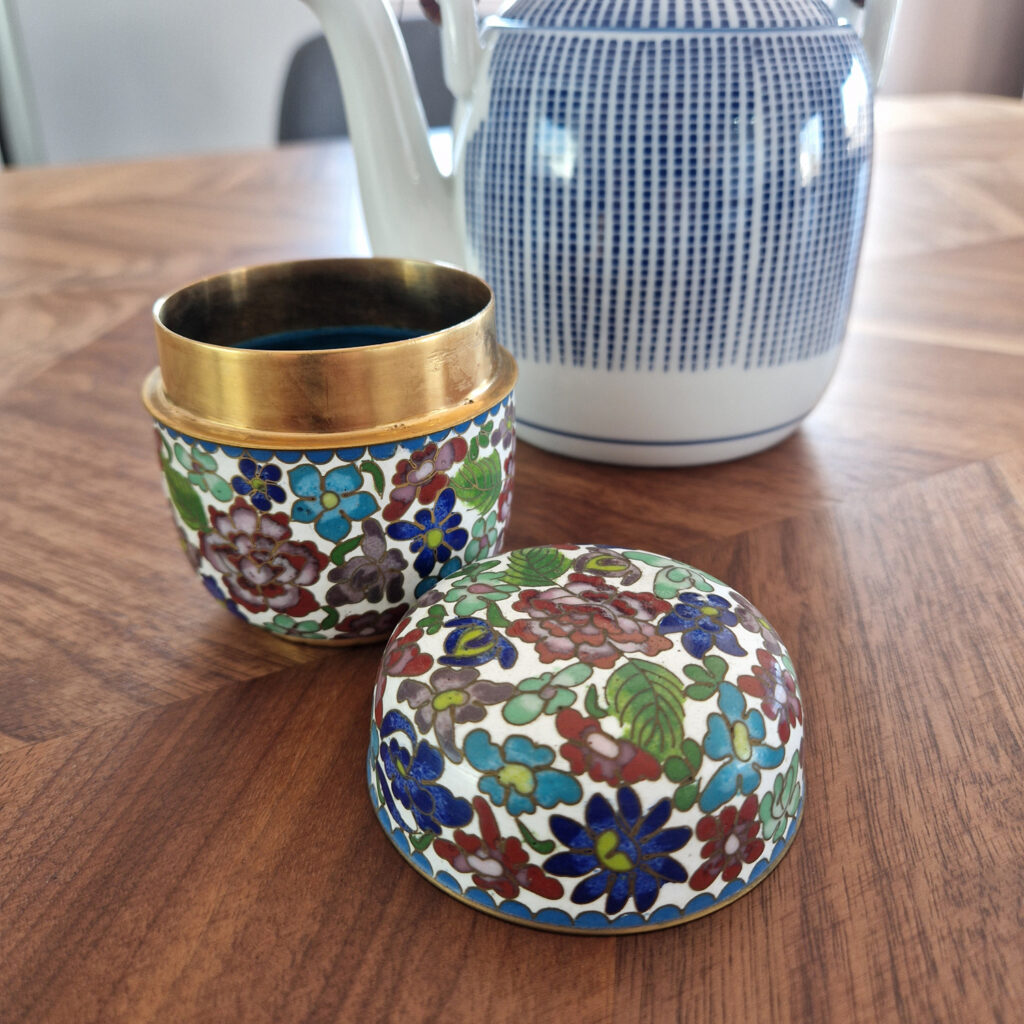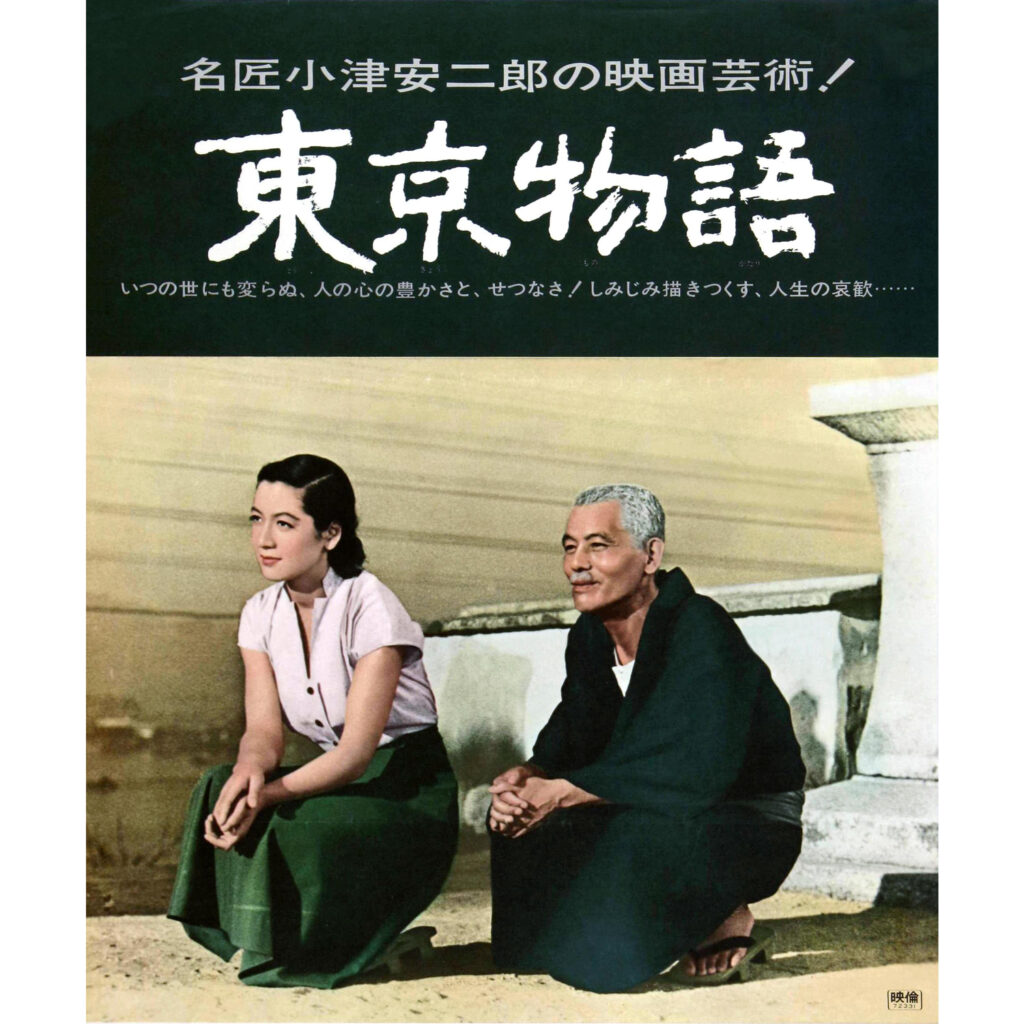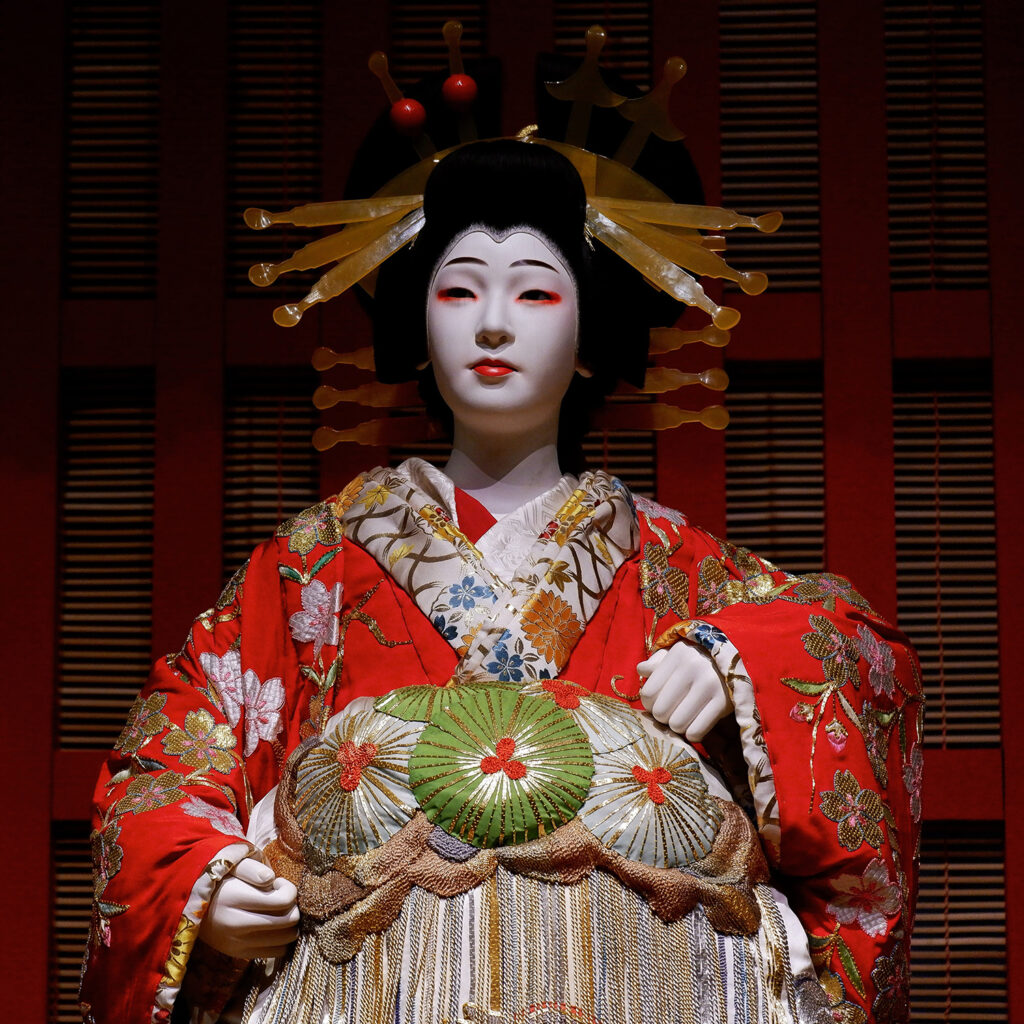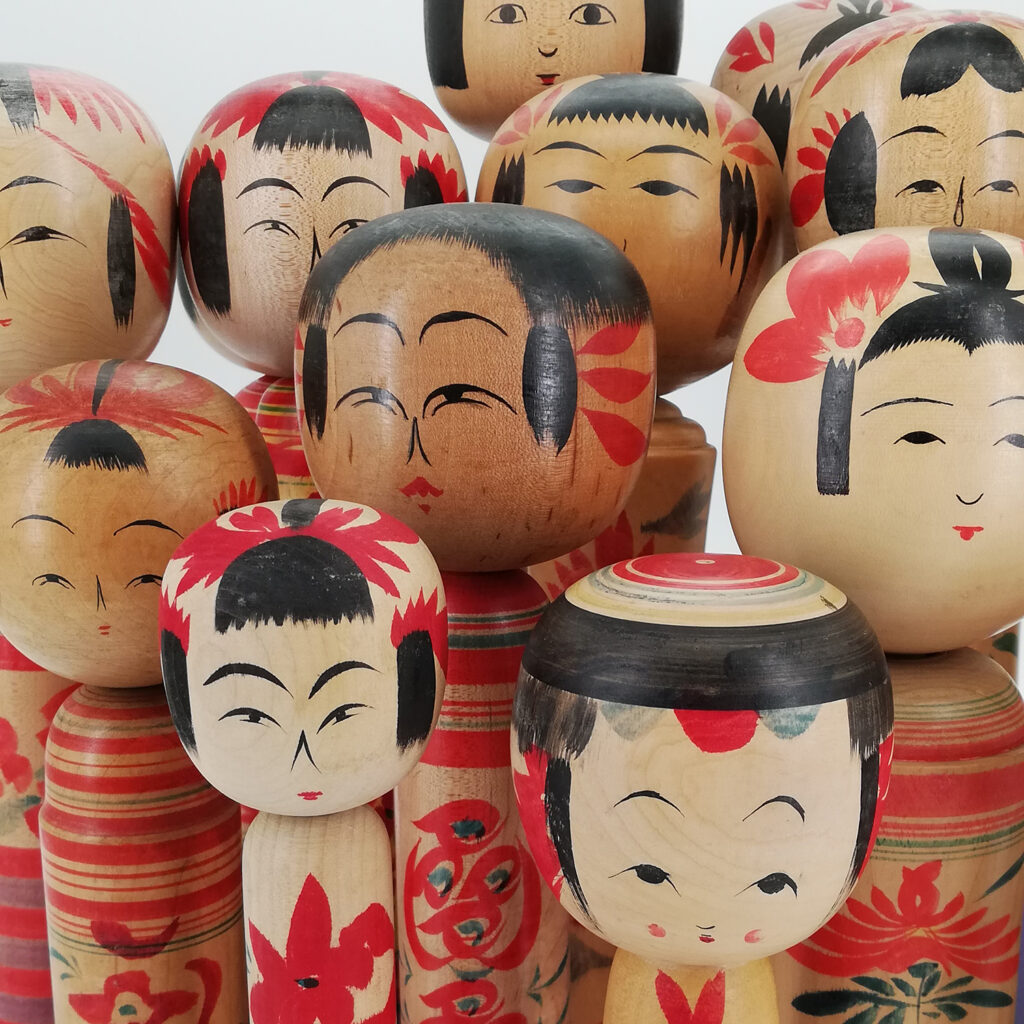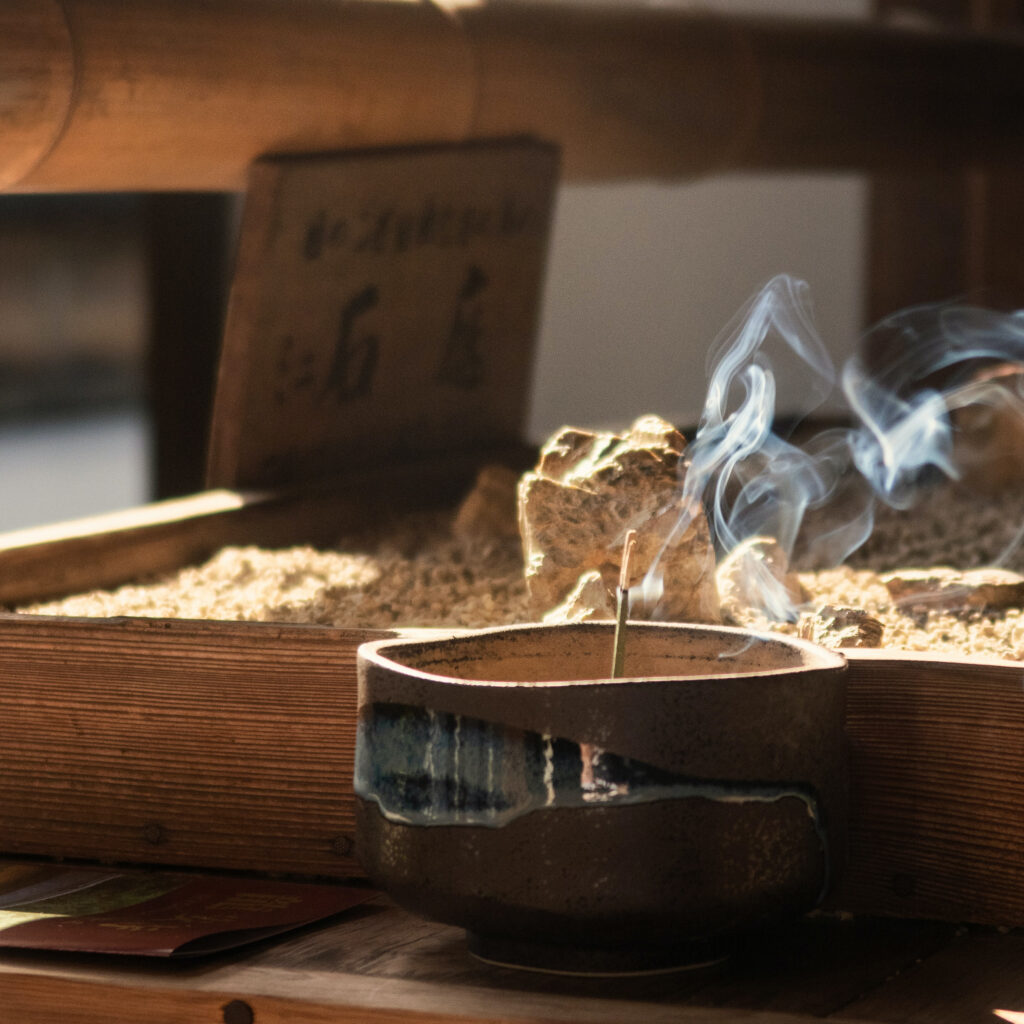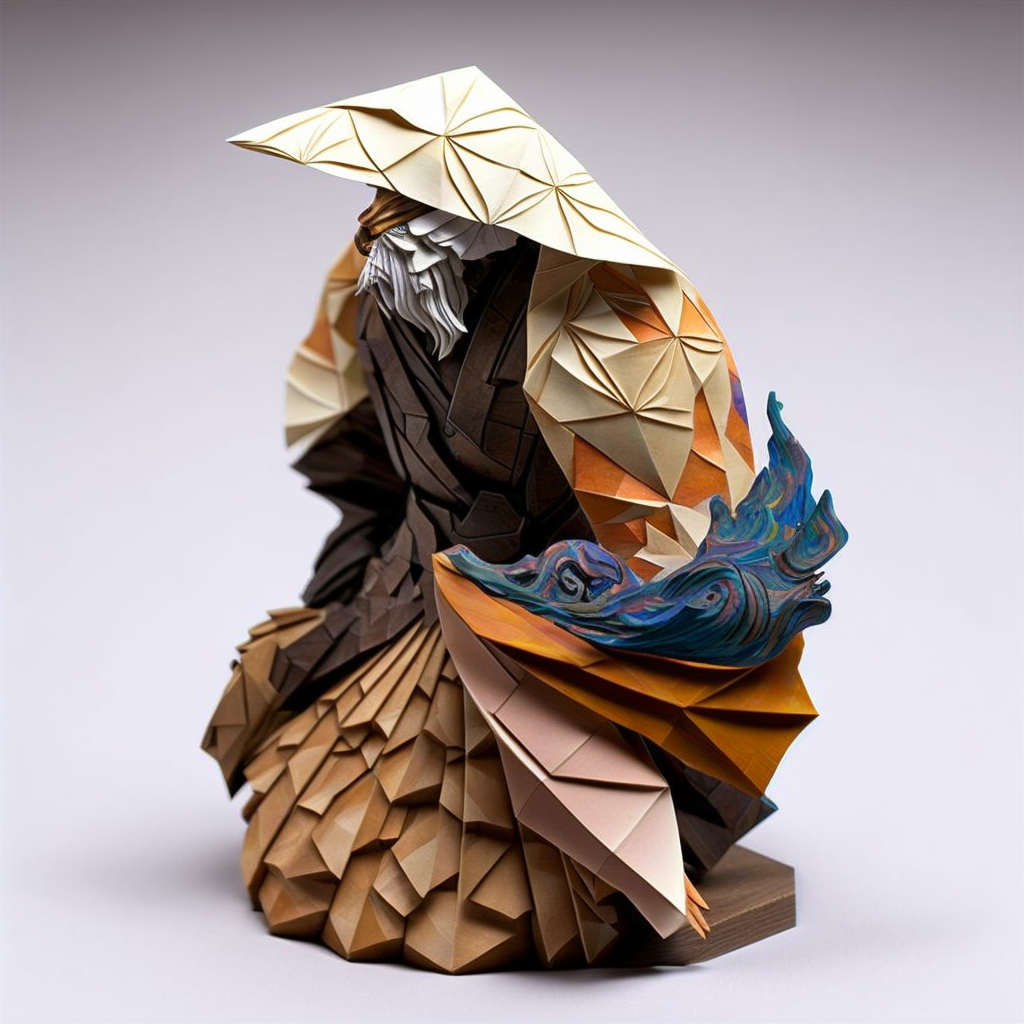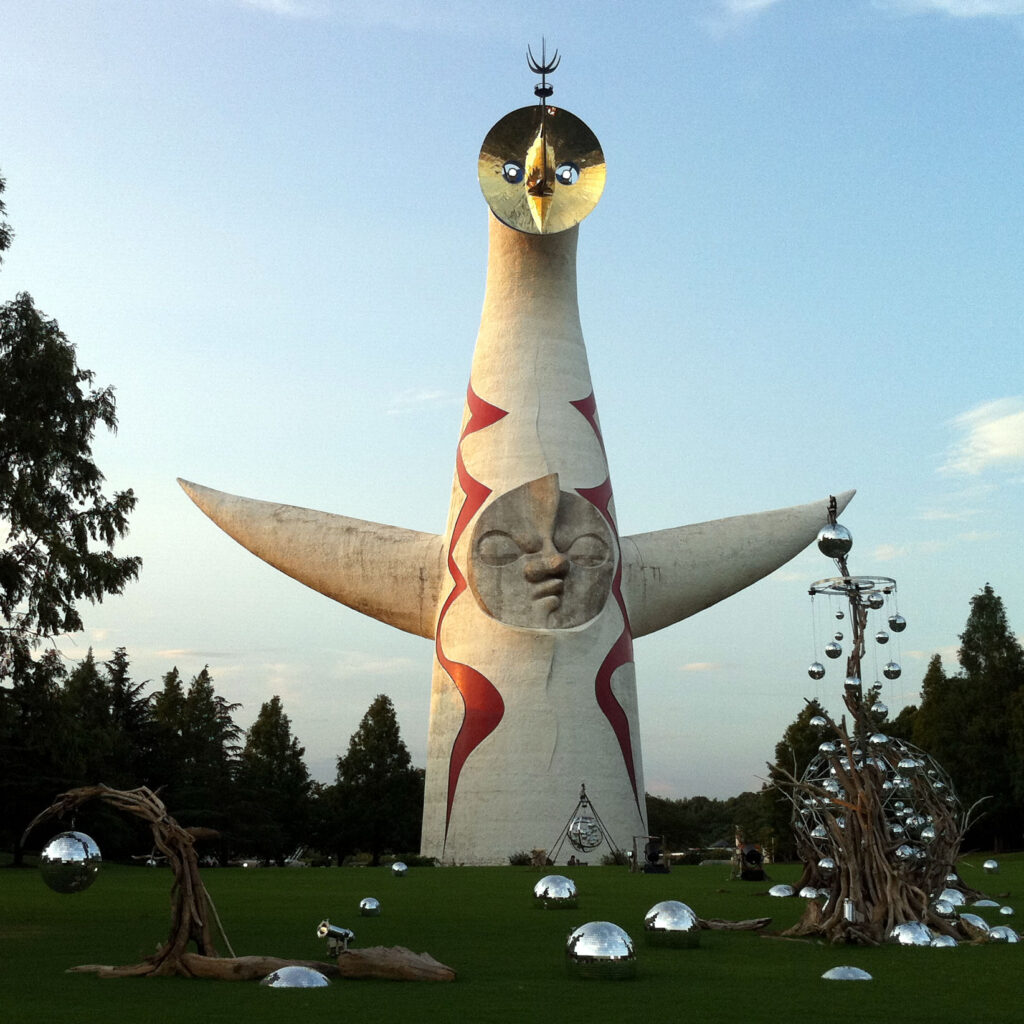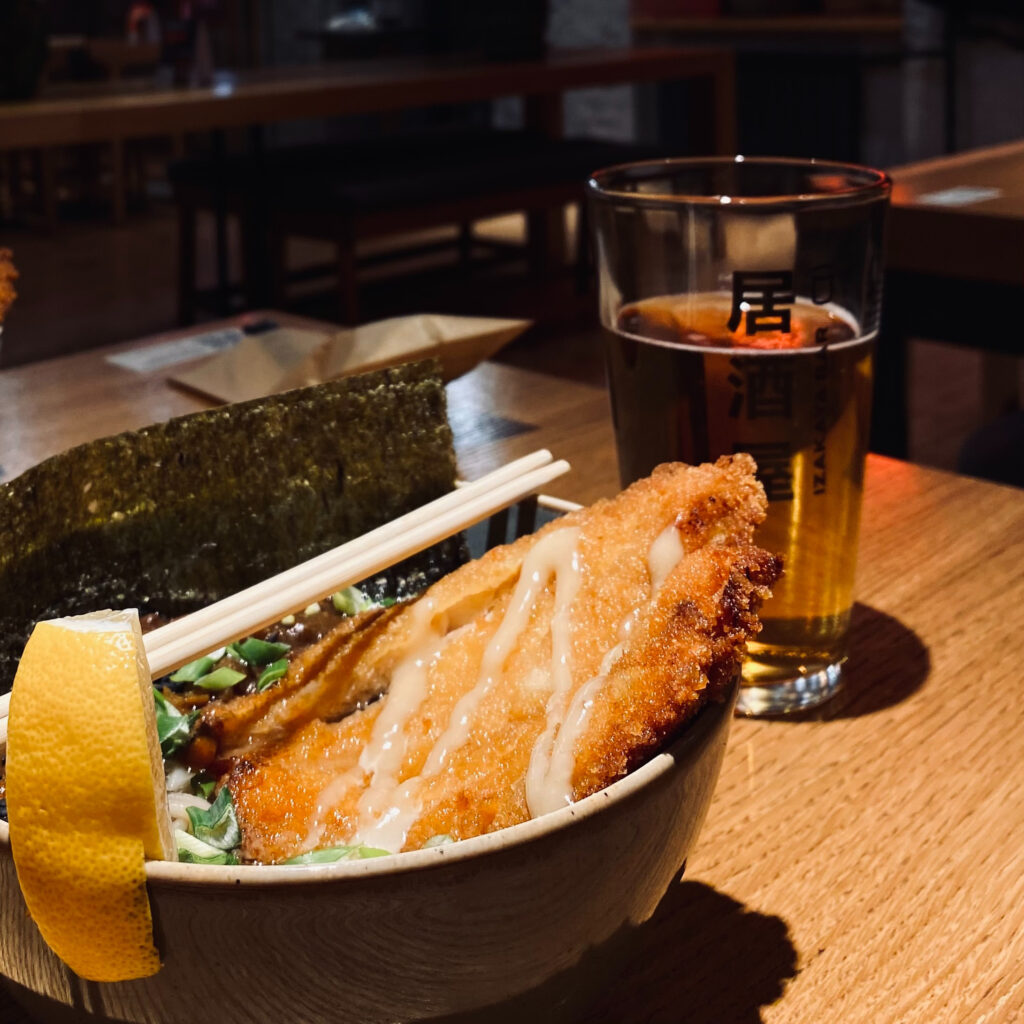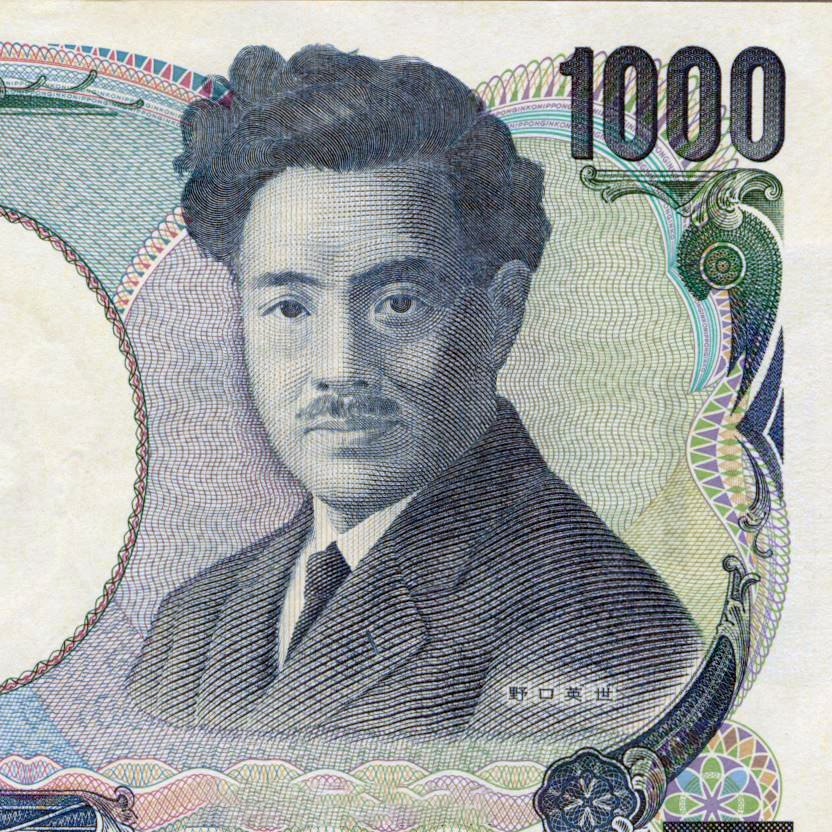Kyoto: imperial capital
Kyoto (京都市, Kyōto-shi, literally “capital city”) is a city that embodies Japanese culture, heritage and tradition. Located in the Kansai region of Japan, Kyoto was the country’s capital for over 1,000 years before Tokyo took over in 1868. Despite this, Kyoto has retained its unique cultural identity and charm that attracts millions of visitors each …

